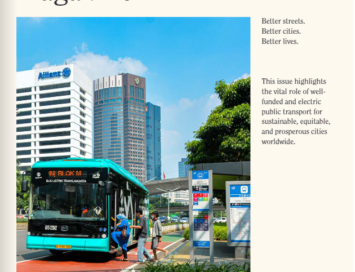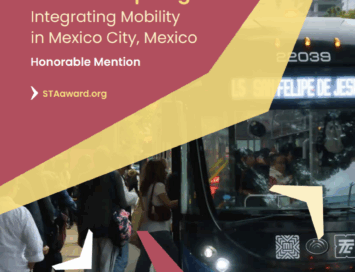A Global High Shift Cycling Scenario

Source: ITDP and UC Davis
Research commissioned by:
– Union Cycliste Internationale (UCI)
– European Cyclists’ Federation (ECF)
– Bicycle Product Suppliers Association (BPSA)
The Potential for Dramatically Increasing Bicycle and E-bike Use in Cities Around the World, with Estimated Energy, CO2, and Cost Impacts
Cycling plays a major role in personal mobility around the world, but it could play a much bigger role. Given the convenience, health benefits, and affordability of bicycles, they could provide a far greater proportion of urban passenger transportation, helping reduce energy use and CO2 emissions worldwide.
This report presents a new look at the future of cycling for urban transportation (rather than recreation), and the potential contribution it could make to mobility as well as sustainability. The results show that a world with a dramatic increase in cycling could save society US$24 trillion cumulatively between 2015 and 2050, and cut CO2 emissions from urban passenger transport by nearly 11 percent in 2050 compared to a High Shift scenario without a strong cycling emphasis.
The report builds on the 2014 study A Global High Shift Scenario: Impacts and Potential for More Public Transport, Walking, and Cycling with Lower Car Use. That report provided a global assessment of the potential for increasing travel on sustainable, efficient modes while concurrently developing cities that are far less car-dependent. However, the role of cycling in the previous study could be considered relatively minor, with the global average urban mode share increasing by three percentage points in 2030 (from 3 to 6 percent of total travel). This report explores just how much is possible if we study cycling in more detail using the same approach. The result is the most comprehensive picture ever of global urban cycling activity.



